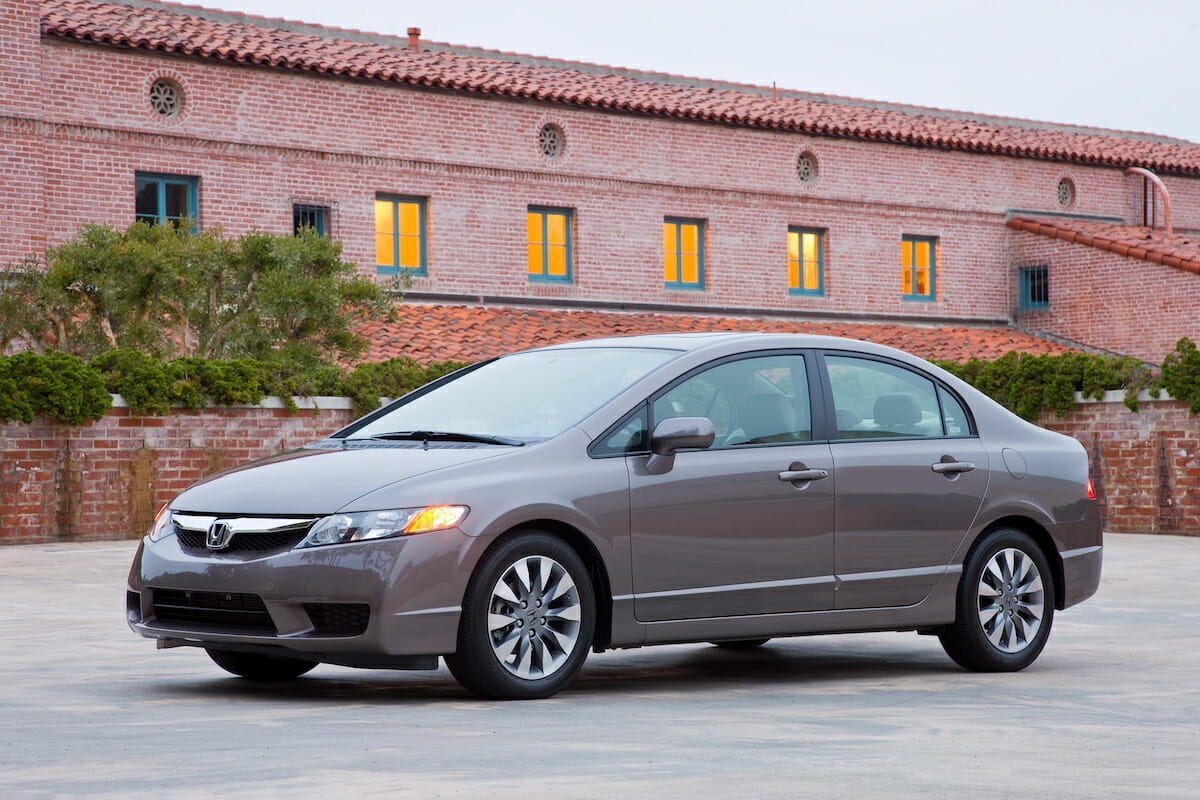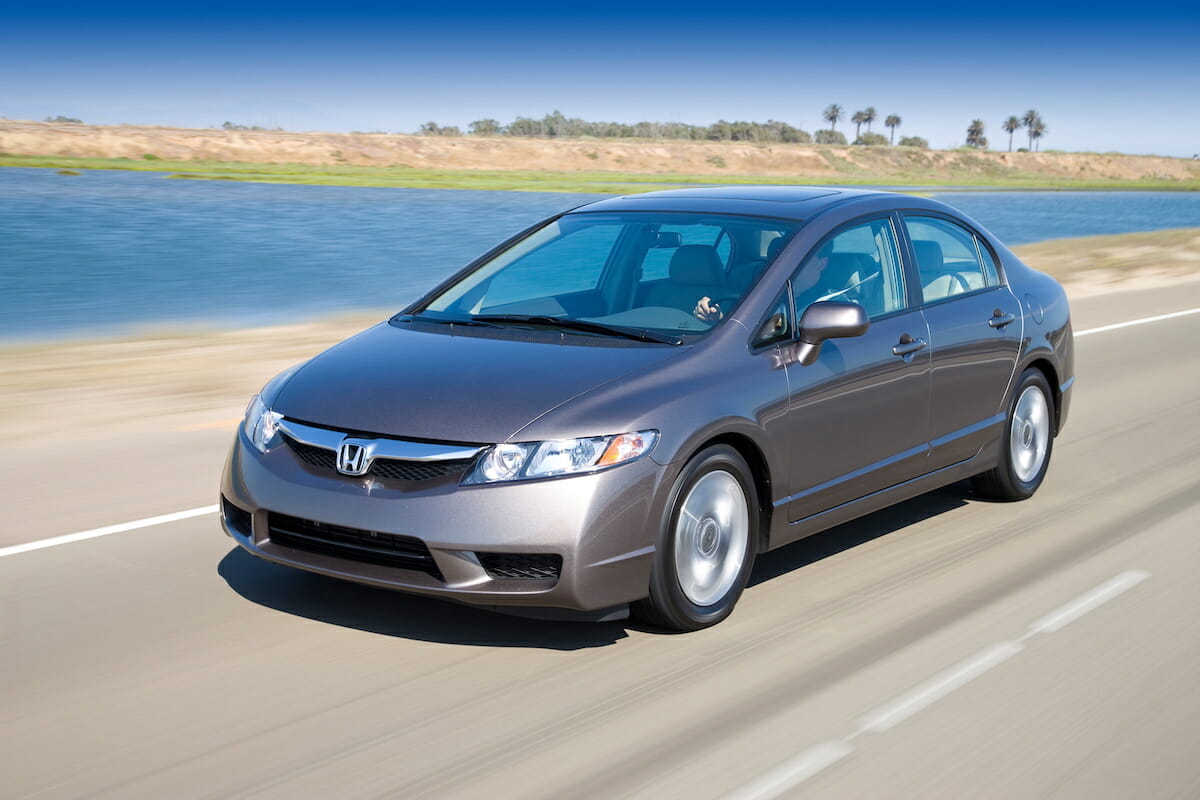When your battery starts to fail, you might notice your engine starting up slower than usual, or your accessories could stop working right. Either way, you need to have it tested at an auto parts store or local shop. Then, if it’s bad, it’s time to find the right replacement.

What’s the best battery for the 2010 Honda Civic?
Whether it has the 1.8L or 2.0L engine, the 2010 Honda Civic uses the 51R flooded lead-acid battery. If your car needs more power or you want to skip the maintenance, you can upgrade to an absorbent glass mat battery instead.
There’s a lot more to know about batteries before you pick a replacement for your Civic. Thankfully, we have you covered with this guide. Just read on to learn everything you need to know about finding the best battery possible.
Battery Group Sizes Explained
With battery group sizes leading the way, you can pick the right battery for your Civic with ease. Batteries are listed by group size so that you’ll get one with the correct dimensions and power output.
For the 2010 Civic, you need to look for 51R batteries only. It doesn’t matter if your car has the basic 1.8L or the 2.0L upgrade engine, only the 51R will do. In the past, the 1.7L base powerplants used the 51 group size, but all that changed with the slight increase in displacement.
The 51R batteries are largely the same as the 51 group size. The only difference is that the “R” refers to the reversal of its terminals. Beyond that, it has all the same dimensions and specs.
When you look at 51R batteries, you’ll notice that they are all basically 9-inches long and 5-inches wide. They are also 8-inches tall, so they fit in the battery tray perfectly with the hood closed.
These batteries also have at least 400 cold cranking amps to ensure your car starts up perfectly every time. Beyond that, they have a capacity of around 47 amp hours and a reserve capacity of at least 75 minutes.
Lead Acid, Lithium-Ion, or SLI?
The 2010 Civic rolled onto the scene with a flooded lead-acid battery. Since this car does not have idle stop technology nor a lot of high-tech accessories, this basic lead acid style works perfectly for its build.
If you upgrade your Civic’s engine, add a more powerful stereo, or are tired of doing battery maintenance, then you can switch to an absorbent glass mat (AGM) battery. This type of battery not only has more power and better withstands rapid charging cycles, it’s also maintenance-free and spill-proof.
Many tuners also choose to switch to an Optima battery. They have the most cranking power in their group size plus withstand charging cycles like a boss. Beyond that, they produce consistent power than lets you run all your accessories without lights dimming or your music cutting out.
OEM vs. Aftermarket: What’s the Difference?
As with all Hondas, the 2010 Civic came with an OEM battery from the factory. This battery is Honda-branded and available as a genuine replacement part through the warranty period and beyond. During that warranty period, the OEM replacement is the only approved battery you can use.
After that, you can switch to an aftermarket battery from any of the major brands, like:
If you go with aftermarket parts, you’ll miss out on the sweet OEM battery warranty, however. Honda offers an incredible 100-month warranty on all their batteries. In addition, if the battery fails in the first three years, they will replace it at no extra charge.
Aftermarket batteries, on the other hand, only tend to come with a 30-month warranty. That coverage does not include full replacement either. Instead, they will prorate the cost of the battery based on its age and give you a discount on the replacement or a refund if you prefer.
The warranty is really the biggest difference between the batteries. The dimensions and performance specs are largely the same whether you go OEM or aftermarket. There are slight variations from brand to brand, so make sure to dig into the specs before buying.
Want to Buy an Aftermarket Battery? Here’s What to Look For
OEM batteries from Honda come with a big warranty — and an equally big price tag. If you simply cannot swing their high cost, never fear; the aftermarket parts world has you covered.
When looking for aftermarket batteries, check out the specs to verify that they match your expectations. All 51R batteries should have a minimum of 400 cold cranking amps, though more is better.

You should also look at their overall capacity. The basic capacity should sit at around 47 amp hours, for example. Reserve capacities in the 75-minute range are also acceptable.
Right before you buy, make sure to verify that the retailer is known for honoring their battery warranties. That way, you won’t have any trouble if you have to bring in your failed battery before searching out a replacement.
Photos: Honda